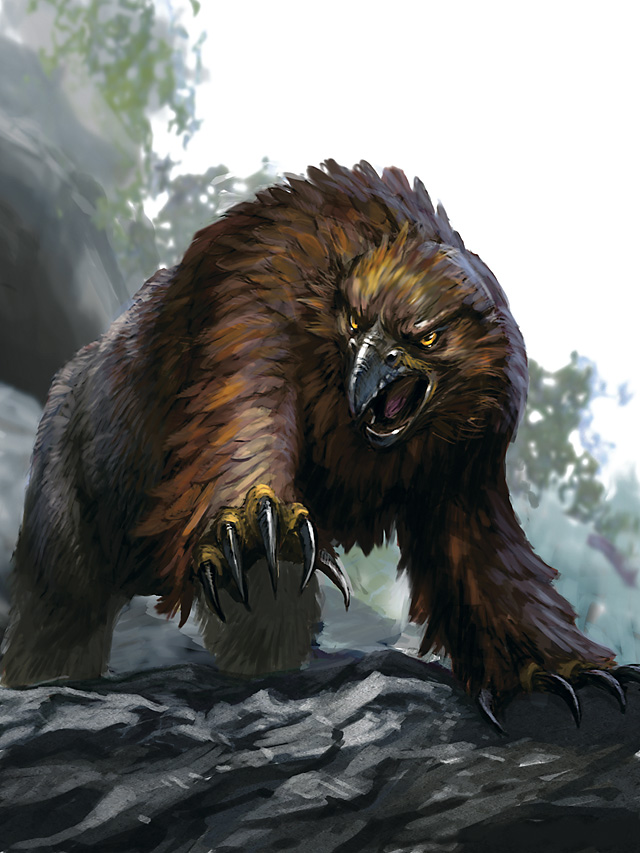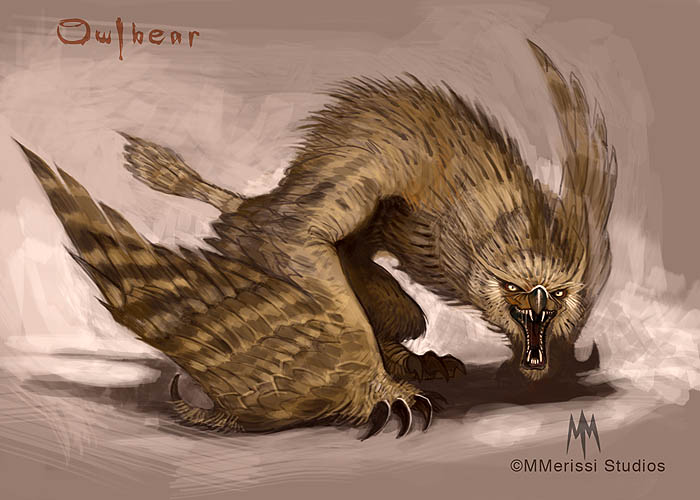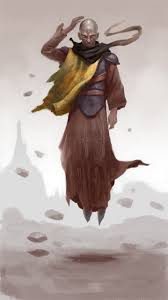I have mentioned this SRD project before and Ken and I completed it at the very end of October. The bit I was most interested in was the monsters. As I run Rolemaster in the Forgotten Realms having easy to pick up and use encounters is a huge boon.
To see how D&D monsters stack up against RM monsters I took the humble Orc as a test subject. Below is a 1 to 1 comparison.
This is an Orc as defined by the D&D 5e SRD but converted to D100. (5e x5) I will point out that we did not convert hit points or damage by multiplying by 5 just the stats, skills and saving throws.
Orc
Medium humanoid (orc), chaotic evil
Armor Class 65 (hide armor)
Hit Points 15 (2d8 + 6)
Speed 30 ft.
| STR | DEX | CON | INT | WIS | CHA |
| 80 (+3/+15) |
60 (+1/+5) |
80 (+3/+15) |
35 (-2/-10) |
55 (+0/+0) |
50 (+0/+0) |
Skills Intimidation +10
Senses darkvision 60 ft., passive Perception 50
Languages Common, Orc
Challenge 1/2 (100 XP)
Aggressive. As a bonus action, the orc can move up to its speed toward a hostile creature that it can see.
Actions
Greataxe. Melee Weapon Attack: +25 to hit, reach 5 ft., one target. Hit: 9 (1d12 + 3) slashing damage.
Javelin. Melee or Ranged Weapon Attack:+25 to hit, reach 5 ft. or range 30/120 ft., one target. Hit: 6 (1d6 + 3) piercing damage.
So the Orc gets +25 to hit but also has a stat bonus. In RMC terms that would be ST/ST/AG for the Great Axe or (15+15+5)/3 = 11.66 or 12 in terms of OB. Add those together and an D&D Orc would have an OB of +37. In Creatures and Treasures an orc has an OB of 40 with a melee weapon.
A D&D orc has 15 hits but add 10% of its Con = +8 for a total of 23 plus a 15% Con bonus give a total hits of 26 hits. In Creatures and Treasures an Orc gets 50 hits. So you could just double D&D creatures hits by the look of things.
Armour Type-wise the D&D Orc gets Hide Armour which is AT 7 or 8, in C&T the AT is 8 so that is equivelent again.
Movement, the D&D orc moves 30ft in 6 seconds, the CT orc goes 50′ in 10 seconds so that is the same.
DB, the D&D orc has a Dex bonus of +5. The C&T orc gets a 30 including a shield. So +25DB vs +30DB (unless that was a +25/+25 shield which I doubt) I would call that pretty similar.
So off the page with only a bit of fiddling with the hit points D&D orcs seem almost on a par with a C&T orc. So how about something that is not in C&T? How would a 5e Owlbear look?

Here is the 5e stat block (converted to D100)
Owlbear
Large monstrosity, unaligned
Armor Class 65 (natural armor)
Hit Points 59 (7d10 + 21)
Speed 40 ft.
| STR | DEX | CON | INT | WIS | CHA |
| 100 (+5/+25) |
60 (+1/+5) |
85 (+3/+15) |
15 (-4/-20) |
60 (+1/+5) |
35 (-2/-10) |
Skills Perception +15
Senses darkvision 60 ft., passive Perception 65
Languages —
Challenge 3 (700 XP)
Keen Sight and Smell. The owlbear has advantage on Wisdom (Perception) checks that rely on sight or smell.
Actions
Multiattack. The owlbear makes two attacks: one with its beak and one with its claws.
Beak. Melee Weapon Attack: +35 to hit, reach 5 ft., one creature. Hit: 10 (1d10 + 5) piercing damage.
Claws. Melee Weapon Attack: +35 to hit, reach 5 ft., one target. Hit: 14 (2d8 + 5) slashing damage.
In Rolemaster the Owlbear looks like this…
So AT we have a large creature with natural armour so that is AT4.
#Hits = 59 + 9 + 15% = 78 hits.
OB and attacks-wise under the RM2 D&D conversion rules you don’t give multiple attacks, you increase the OB by 25% for every additional attack. That would give the Owl Bear a +90OB with large Claw or Beak attacks. (+35 to hit, =25 ST bonus +50% for multiple attacks)
DB is just +5.
Move is 80’/round.
That is a perfectly usable ‘classic’ D&D monster with no difficult maths. The question of do we need yet another Owlbear type monster is down the individual GMs to answer.
5e x5 SRD
I think the power of the 5e x5 SRD is with some of the stand out creatures like the Beholder and the Mindflayer (beware all you mentalist out there!). We do not have stats for them in any of the C&T books, although there is a sort of Beholder called the Eye Entity in C&T II.
Ken is selling the converted SRD, not just the monsters but the entire thing including the spells, magical items and so on in a Kickstarter format. You can have it for free but the bigger donation the more you get including free gift version so of his Aioskoru world and my 3Deep game if you have deep pockets. Also everyone who donates anything gets a mention in the credits (you will have to send Ken your details for inclusion). You can see how it is all set up by following this link.





